
Yoga postures are also known as the asanas. Literal translationis the position of the body in order to discover unity of the body in mind withthe supreme self (Self). These positions of the body can be maintained for sometime without any strain. Their primary goal is to improve the keep up of yourwell-being and help you increase vitality and flexibility of your body. Another meaning of the word asana is the place where a yogapractitioner sits.
Physical side of yogaincludes 84 asanas and 84 dynamic variations of these exercises. There are alsoseveral body locks (known as bandhas). Depending on a school and the yogateacher there are even more asanas and the possible variations of the postures.Yoga practice is always followed with proper breathing and these breathingtechniques are known as Pranayama techniques (since the pranayama is the controlof breathing). Yoga also teaches about neuromuscular control. Mudra (or mudras)is the placement of the hand(s) which can affect the brain and the muscles,bringing the relief from some tension or pain. There are also enhancedneuromuscular controls (mahamudras) and some purificatory techniques, known asShatkarmas.
Yoga postures are divided into three different categories: meditative,relaxation and cultural positions.
CulturalAsanas
Cultural posturesusually got the name from some animals or life forms. By doing so, they suggestthat there are certain qualities and characteristics of these birds, mammals orother animals which we want to follow.
Meditative Asanas
These positions are always practices with the straightspine. The rest of the body should stay calm and without nervousness, and themind is supposed to stay committed.
Relaxation Asanas
Relaxation should rest the entire body and mind, from anykind of physical uneasiness. These postures are developed to provide completerelaxation.
There is another division of yoga asanas, to the method theyare practiced. A person can stand, sit, lay, kneel or do some abdominal, handand head asanas.
Standing asanas are practiced in the standing position. Thecommon asanas are the tree (Vrukshasana), palm tree (Tadasana) or eagle pose(also known as Garudasana).
Sitting asanas include meditative positions, such as easypose (Sukhasana) or the lotus pose (Padmasana).
Laying positions (sometimes also called supine asanas) arethe fish (Matsyasana), the plough (Halasana) or the corpse position (Shavasana).
Kneeling asanas are the thunderbolt position (Vajrasana) orthe camel pose (Ushtrasana).
Abdominal or prone asanas include the flexion of the spine,and these are positions like the cobra (Bhujangasana), the bow (Dhanurasana) orthe locust (Shalabhasana).
Hand asanas are those where the body relies mostly to thehands. Such poses are: swan (Hamsasana) and peacock pose (Mayurasana).
Head asanas are performed on the head, and the well knownhead posture is the head stand (Sheersasana).


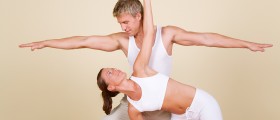
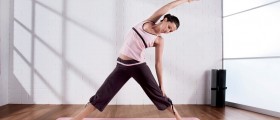

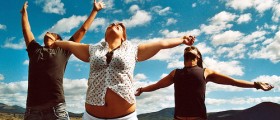







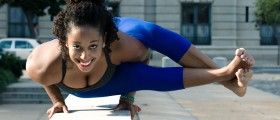
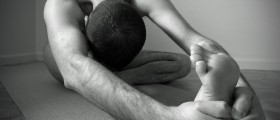


Your thoughts on this
Loading...